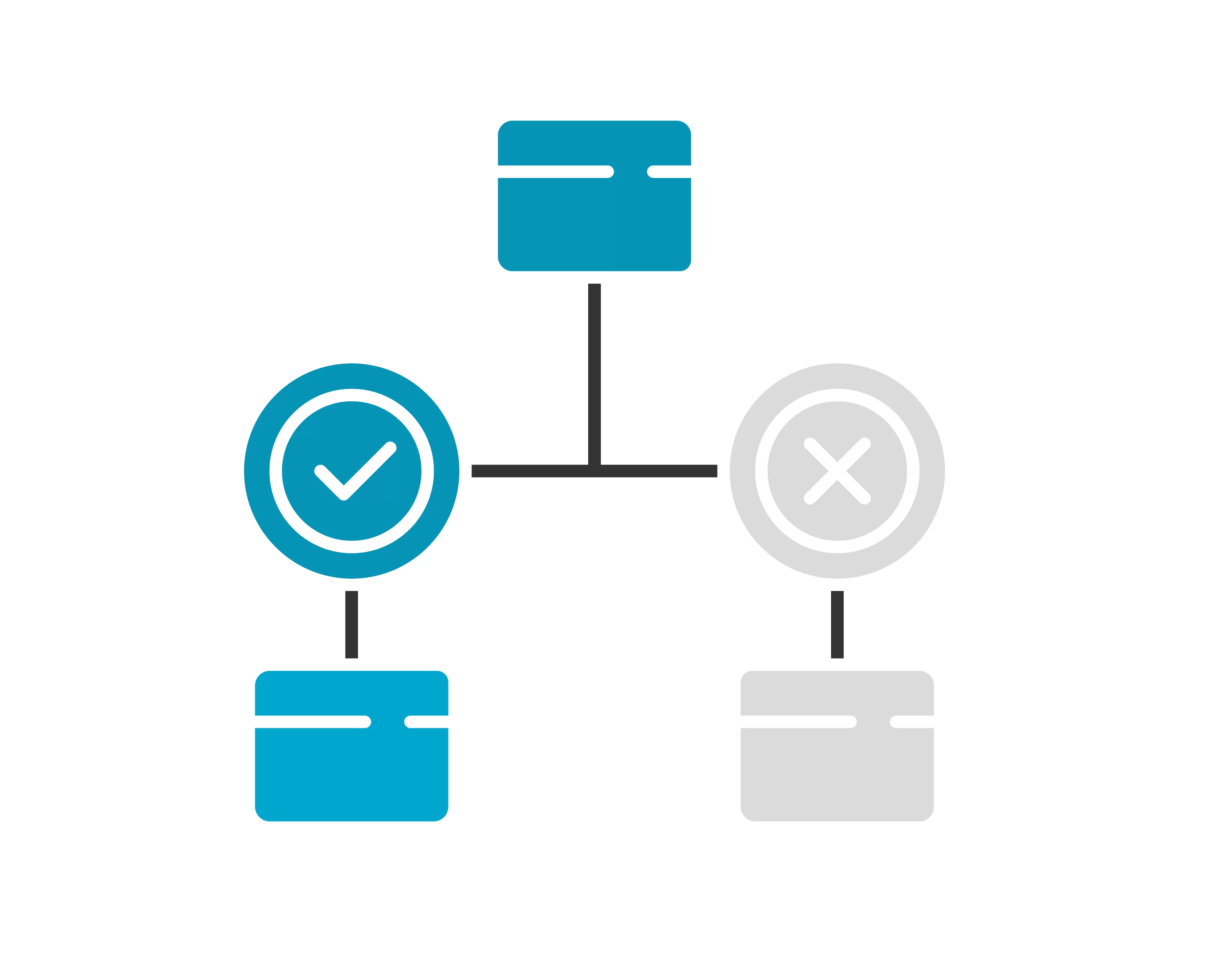When starting or running a non-profit, it can be difficult to keep track of the legal rules you must respect. What’s a registered charity? Can I fire an employee or a volunteer? This web guide provides a compilation of articles that may be of interest.
Non-Profit Organizations: Concepts to Know
You’re thinking about starting a non-profit organization? You work with a non-profit organization and would like to better understand what that entails? This part of the guide walks you through all you need to know, from A to Z.
Different Types of Organizations
Incorporated non-profit, registered charity, co-operative, social enterprise … it can be hard to know what kind of non-profit organization is right for you. Learn about the pros and cons of different options.
Interactive Quiz and Summary of Legal Structures
This quiz helps you choose the legal structure that fits you best.
Provincial or Federal Incorporation
This article presents a summary of each of the possible legal structures for a non-profit organization.
Registered Charities
A registered charity is a type of non-profit. This type of structure is reserved for certain kinds of non-profits and comes with added responsibilities.

Rules Registered Charities Must Follow
| Important! The articles from this point on are for non-profits incorporated under Quebec law. To learn more about federally incorporated non-profits, check out the external sources listed under each topic and Corporation Canada’s website. |
Structure of a Non-Profit: The Different Roles and Responsibilities
Non-profits have a lot of important players, such as the board of directors, the executive director, employees, volunteers and freelancers! It’s important to know who does what, as well as which rights and responsibilities each player has.
By-laws
By-laws are like a rule book for how your organization should be run. They also explain who does what. A non-profit’s board and its by-laws go hand in hand. The board drafts the organization’s by-laws and updates them as necessary. The board must also make sure their decisions respect the by-laws.
Step-by-Step Guide to Creating Your Non-profit
Now that you understand general concepts related to a non-profit, you’re ready to create your own! This interactive tool walks you through the steps for creating a non-profit organization incorporated in Quebec, from the application process to the first directors’ and members’ meetings.
| Important!
In certain cases, the law allows Quebec non-profits to put different rules in their letters patent or by-laws. In such cases, the rules in these documents apply to the non-profit instead of the legal rules described in the following articles. Letters patent are a formal document that you must apply for when creating a non-profit in Quebec. |
Running and Managing a Non-Profit Organization
The Board of Directors and Good Governance
A non-profit’s board is responsible for the organization’s overall direction and makes all kinds of important decisions. Handling conflicts of interest, managing risk, and creating internal policies can all be key contributors to an organization’s continued success. These articles introduce the board’s main responsibilities and the basics of board meetings.
Outside Links
Human Resources and Rules When Working With Others
Working With Employees
Some key legal issues to keep in mind when working with employees include workplace protections, time off and dismissal. The following articles present minimum labour standards that you must respect.

Maternity, Paternity and Parental Leave
Working With Freelancers
Freelancers, also called self-employed workers or contractors, are sometimes called in to help an organization with specific tasks. While they work alongside others in the organization, freelancers are not employees and different rules apply to them.
Working with Volunteers
Volunteers often play a key role in non-profit organizations. From recruiting a volunteer to making sure they’re well prepared to do the tasks assigned to them, it’s important for organizations to understand what their obligations are.
Outside Link
Risk Management and Other Considerations
There’s often risk involved in running a non-profit. Are you responsible if your employees and volunteers do something wrong? Can you be sued if you use someone else’s work? There are things you can do to help prevent these future problems. If something does go wrong, there are ways to respond.
Outside Links
Language Laws
For many years, Quebecers have heard about the Charter of the French Language (“Bill 101”) and recently, about the Act respecting French, the official and common language of Québec (“Bill 96”). But how do these laws impact non-profit organizations? In Quebec, most provincially and federally incorporated non-profit organizations are considered “entreprises” and must follow many of the same language rules as businesses, such as francization rules.
Dissolving a Non-profit Organization
Deciding to end a non-profit organization’s activities for good can be a difficult and complex decision to take. Whether the organization is closing its doors for involuntary reasons or voluntary ones, several steps must be followed to end things right.


















































